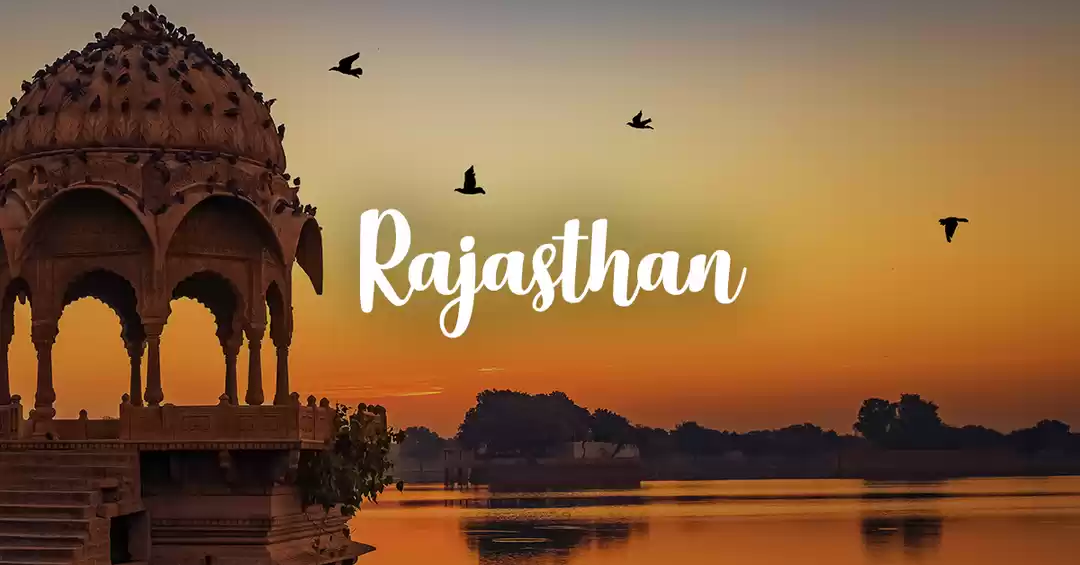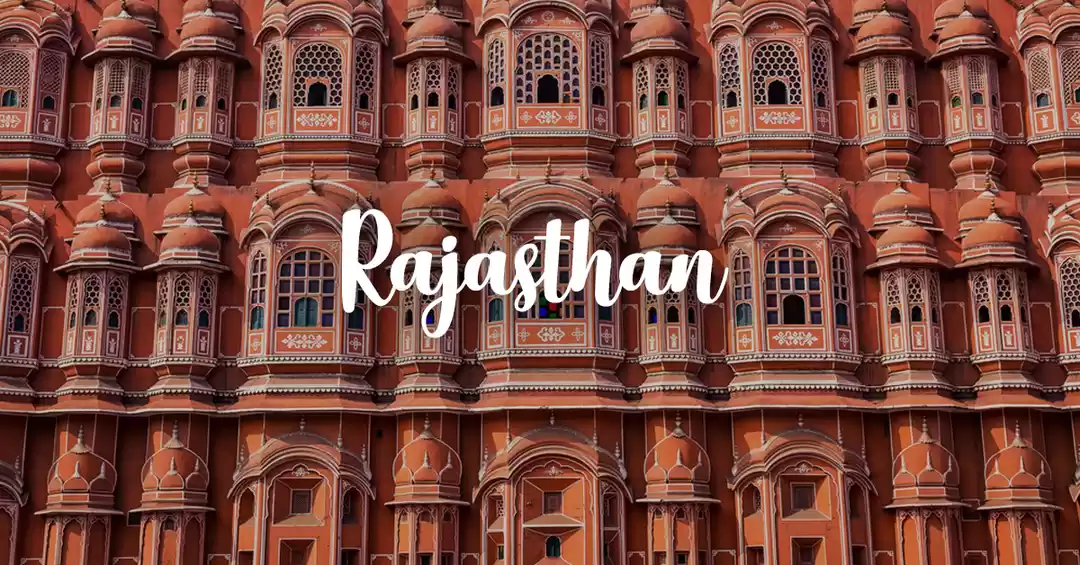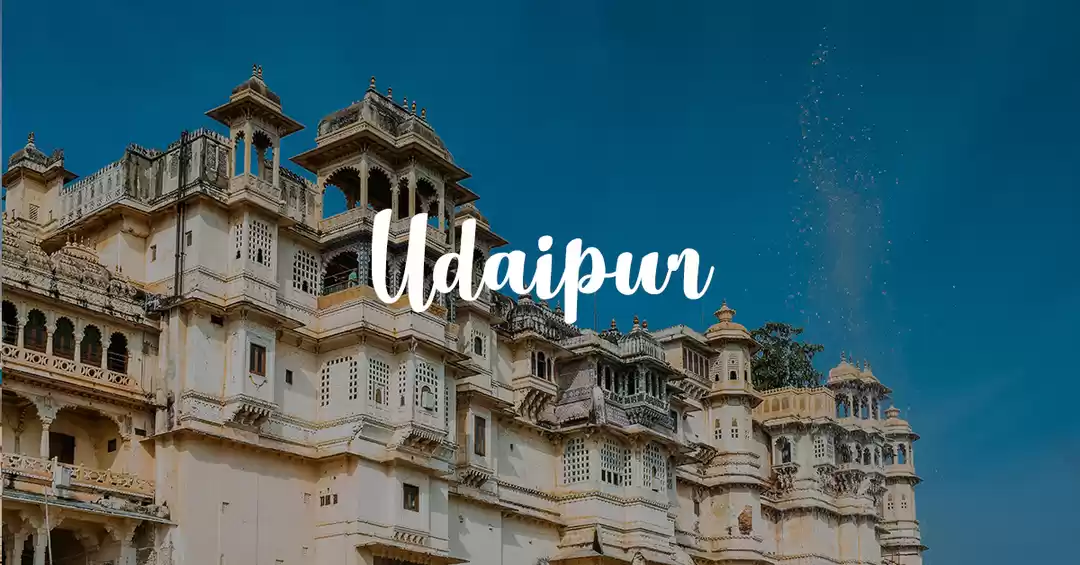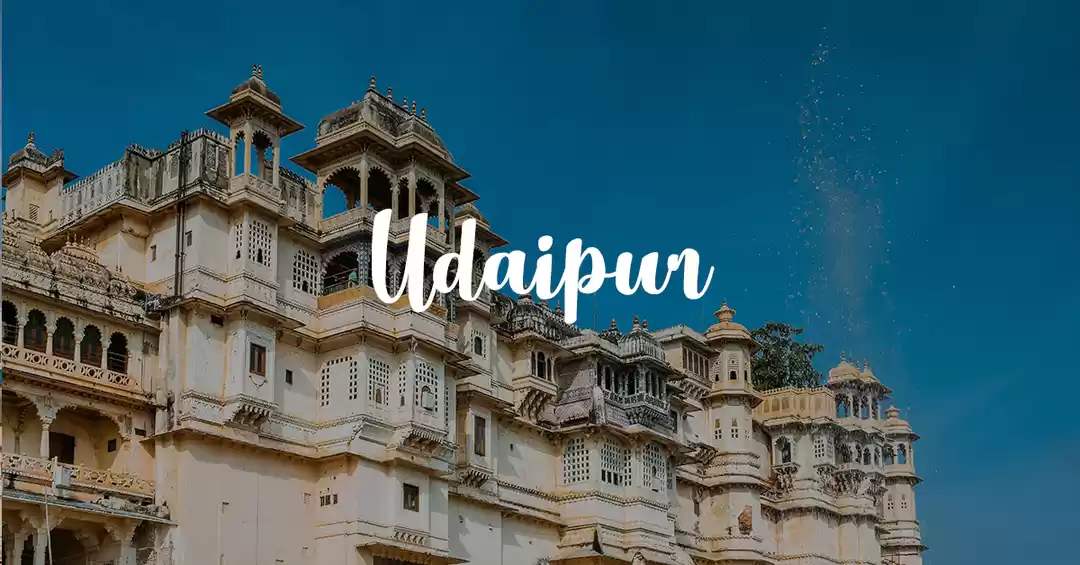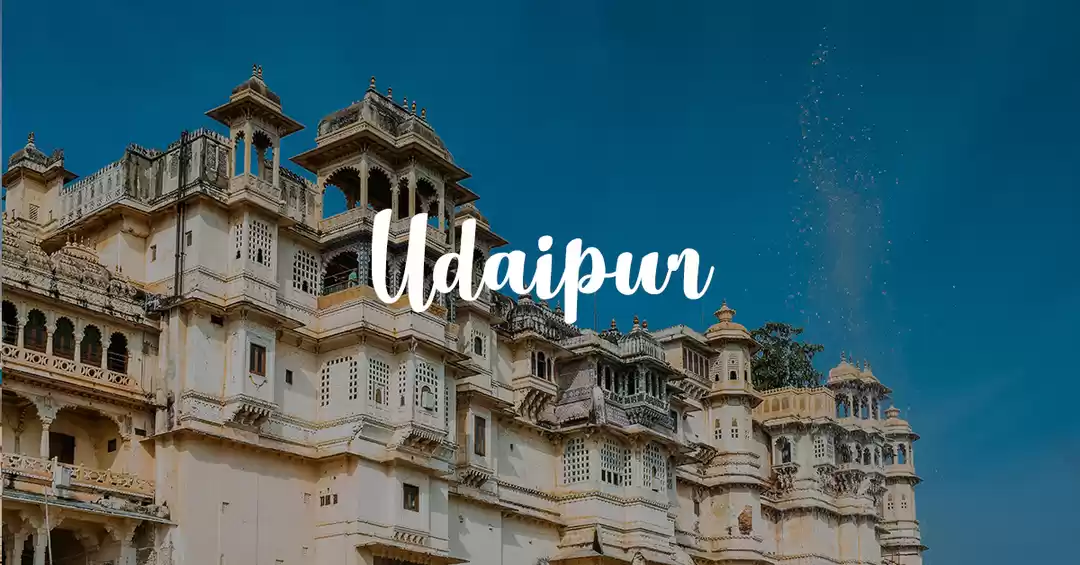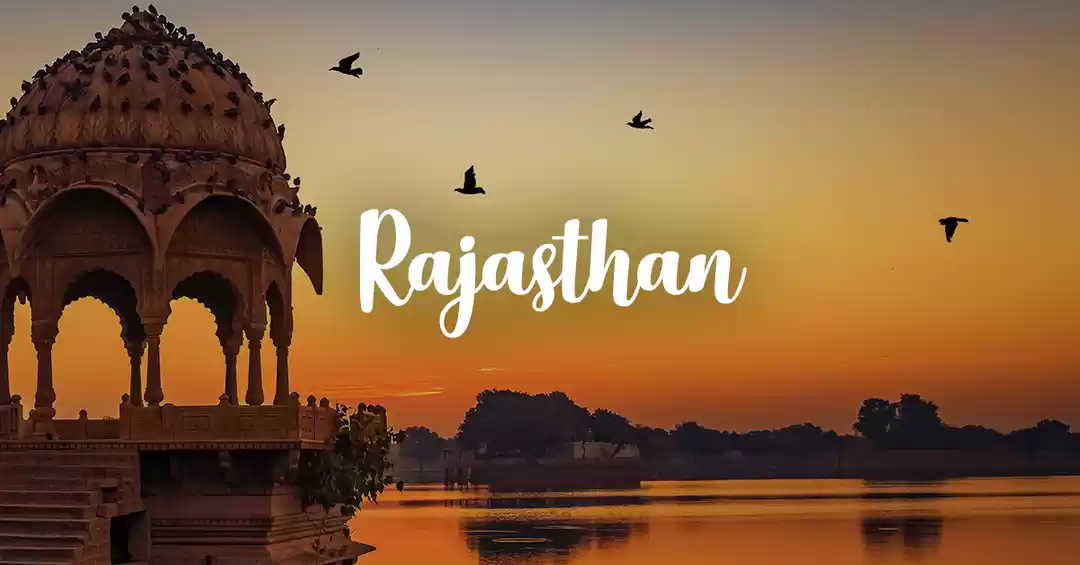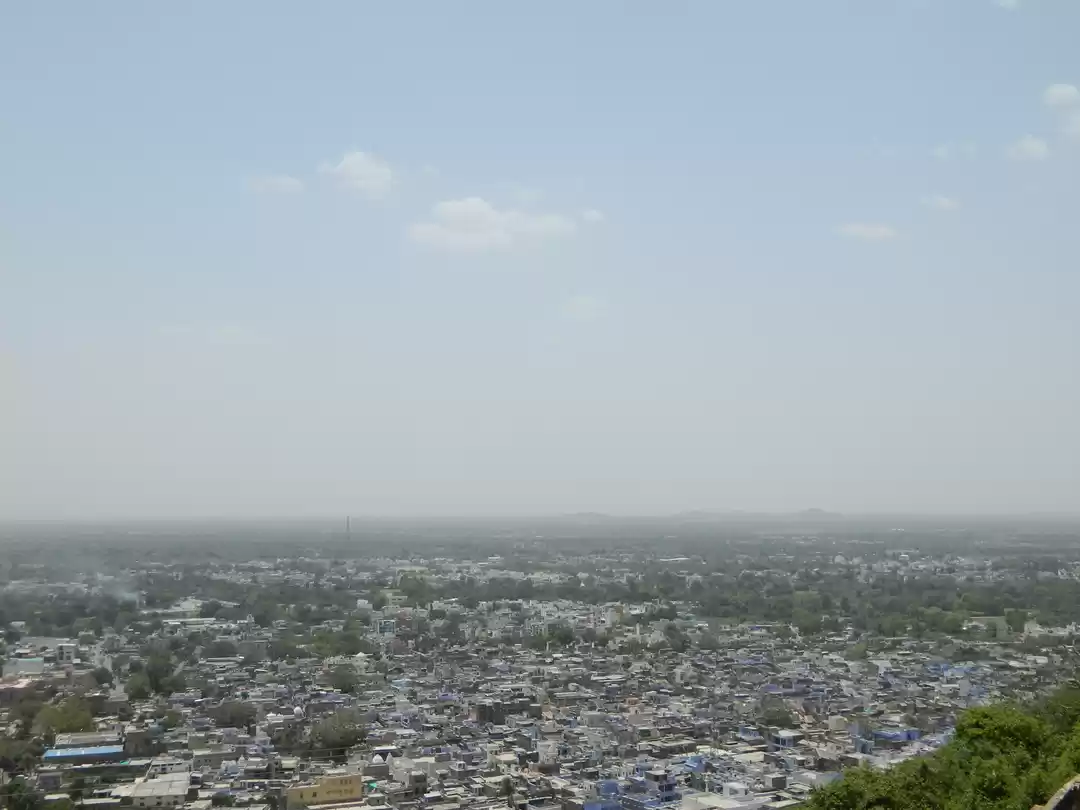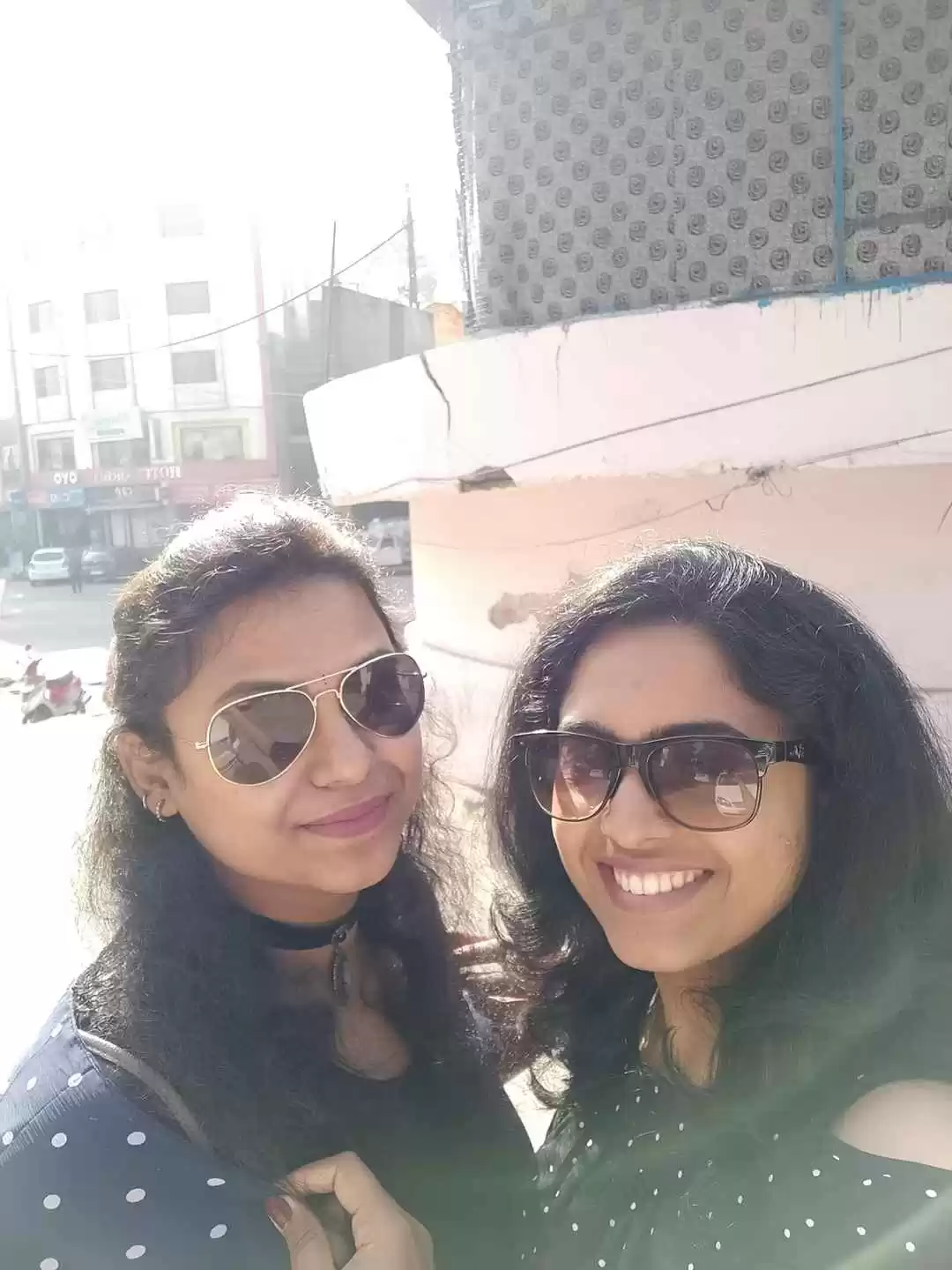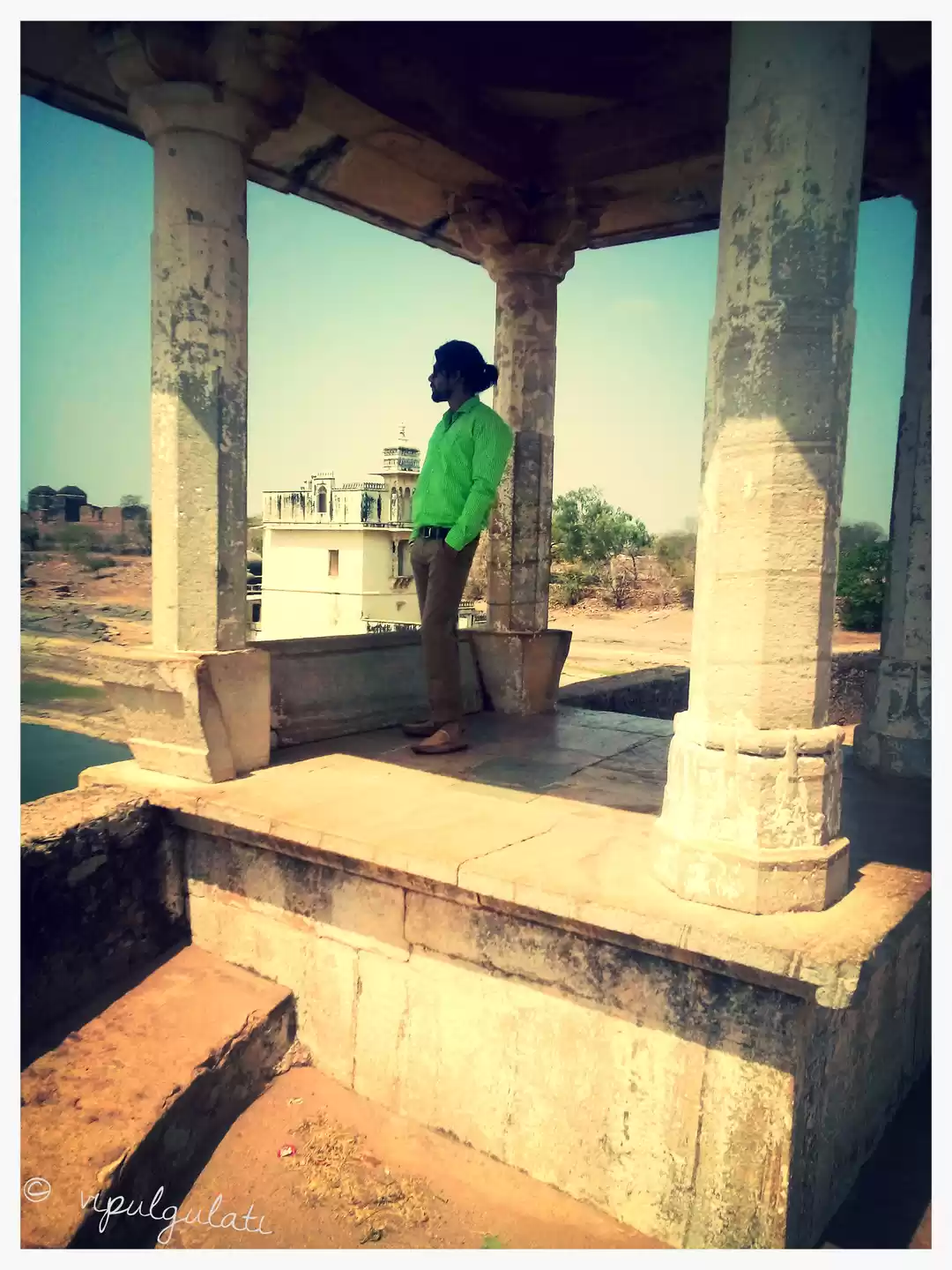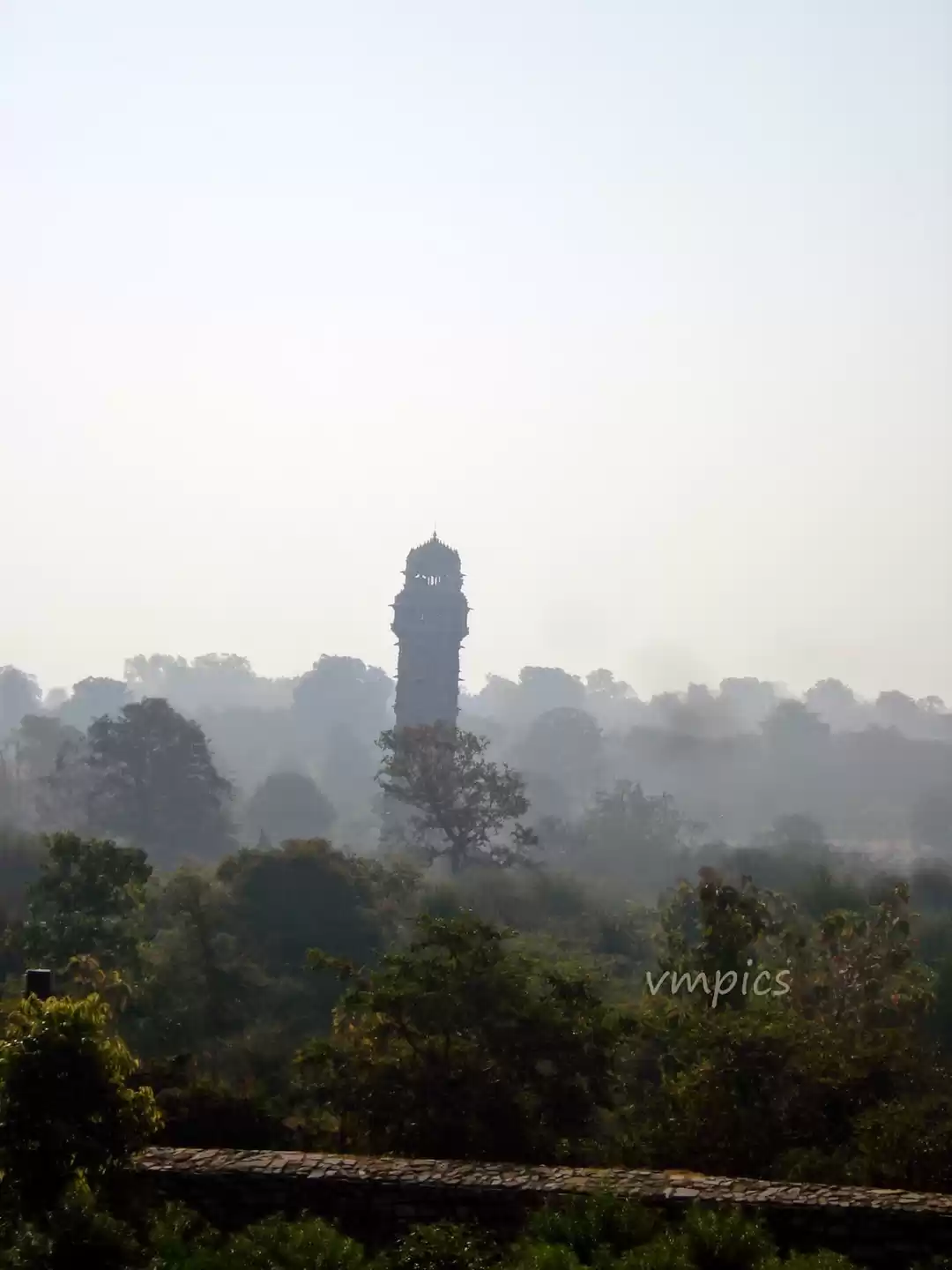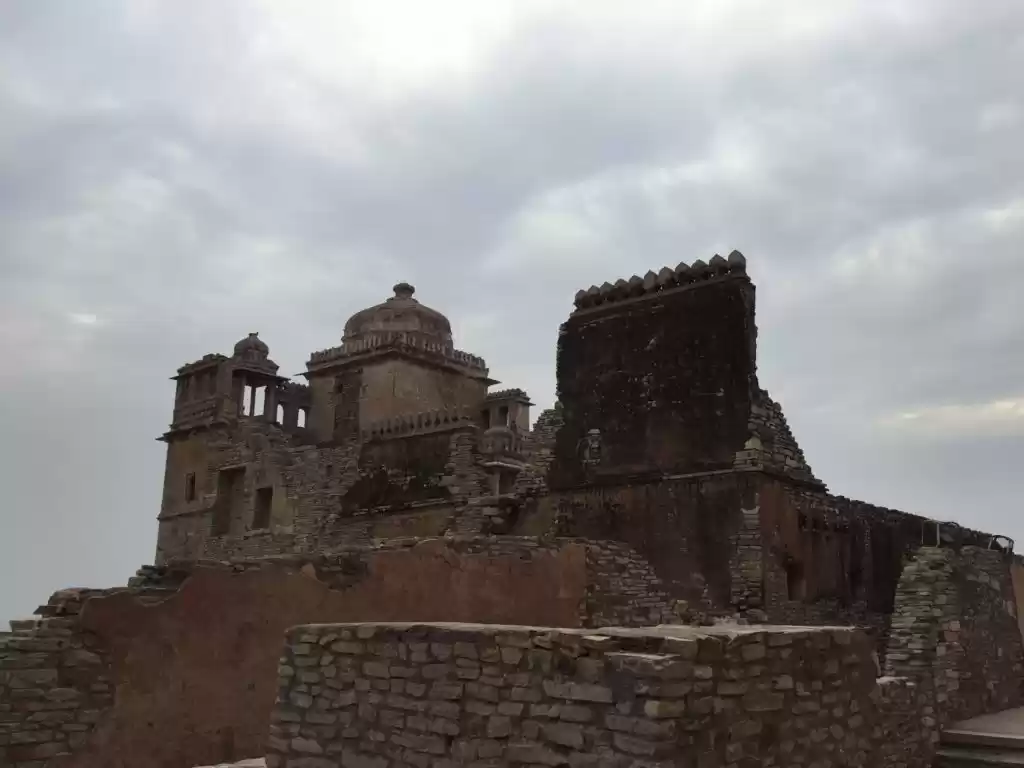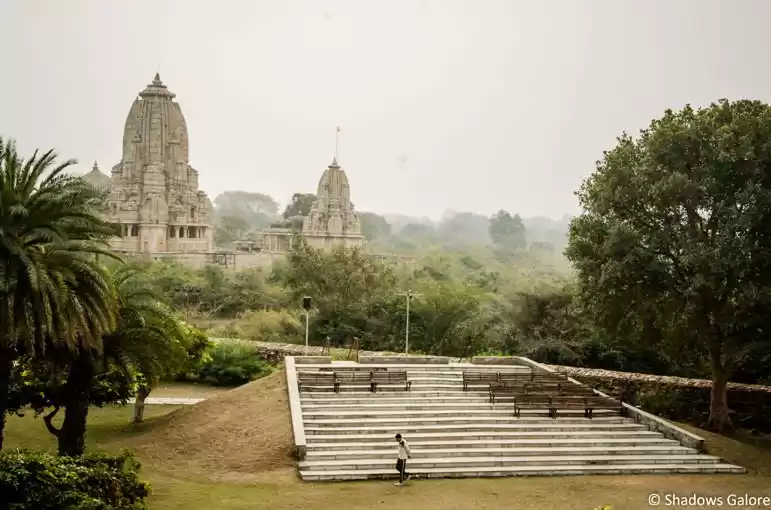
Chittorgarh Fort is one of the most famous forts in India. Not only because of its gigantic structure, also because it has witnessed the history for Centuries. Chittorgarh Fort is considered as unbreakable and immiscible.
Needless to say, the Fort has had a tumultuous past. This bastion of the Rajput's has faced violent attacks thrice in its entire history. The first was in 1303 when the Sultan of Delhi, Ala-ud-din-Khilji, who was enamored by Queen Padmini, launched an attack to abduct her. More than two centuries later, in 1533, it was Bahadur Shah, the Sultan of Gujarat, who caused immense destruction. Four decades later, in 1568, Mughal Emperor Akbar attacked and seized the fort. It was finally in 1616, under the rule of Mughal Emperor Jahangir that the fort was returned to the Rajputs.
The fort area is open to public 24*7, but to visit some specific places within the fort compound, you will need the tickets.
All you need to know about Chittorgarh Fort:

Chittorgarh Fort is a UNESCO World Heritage Site. Once the touchstone of the Kingdom of Mewar, it continues to be Rajasthan’s claim to fame centuries later. Chittorgarh Fort holds immense historical and cultural value. Keep in mind the following information on Chittorgarh Fort while planning your trip.
1. Where is Chittorgarh Fort located? It is situated in present-day Chittor, Rajasthan.
2. Chittorgarh Fort timings: Open every day of the week from 4:00 am to 10:00 pm.
3. Chittorgarh Fort entry fees: Rs. 50 for adults and Rs. 25 for children.
Check out Richa's article on 'The Fables of Chittor'.
Let's dive into the history and beauty of the ruin of Chittorgarh Fort
Chittorgarh is named after its most imposing structure, the Chittorgarh Fort which stands atop a 180 meter high hill and is spread across 700 acres.
1. Rani Padmini's Palace
This palace plays an important role in Rajput history. The structure is built on the banks of a lotus pool and has a pavilion that provides privacy for the women of the royal family. Ala-ud-din-Khilji, then Sultan of Delhi, spotted Queen Padmini’s reflection in the pool and was so besotted by her beauty that he led his forces in battle to abduct her.
At present, the crystal showcased in the city palace exposed seven colors of light when sunlight fell on it. The room also has a brilliant scientific set up. The mirror is placed at such an angle where the sitting arrangement was done such that anyone could spot Rani Padmini through the mirror, but not face to face.
2. Ratan Singh Palace
The winter palace of the royal family, it overlooks a small lake. Although fairly rundown now, it is an interesting place to explore and attracts many tourists.
3. Vijay Stambh
Vijay Stambh (the Tower of Victory) was built by Maharana Kumbha between 1440 AD and 1448 AD to immortalize his triumph of defeating the Muslim rulers of Malwa and Gujarat. Built partly from red sandstone and partly white marble, this architectural wonder is nine-storied tower decorated with detailed sculptures of Hindu gods and goddesses. Narrow steps lead to the terrace where one can catch a spectacular view of the entire town from the balconies.
4. Kirti Stambh
This Tower of Fame is dedicated to Adinathji, the 1st Jain Tirthankara (great teacher). Adorned by the figures of the Digambars (Jain monks), the Kirti Stambh, built by a Jain merchant Jeeja Bhagerwala during the reign of Rawal Kumar Singh (c. 1179-1191) for the glory of Jainism in the 12th century. It has a height of 22meter. It is situated just beside the Jain temple.
The wall of the tower, decorated with the different statues of Jain Idols. Not only the walls but also the ceiling, designed by the engraved Jain idols. Different beautifully engraved statues of Jain temple made us stunt.. It is not so big like Vijaya Stambh but both the tower became the most iconic structure of Chittorgarh Fort. Not only that it also flourished the variation of culture in that period.
5. Rana Kumbha Palace
A ruined edifice of great historical and architectural interest, this is one of the most massive monuments in the Fort of Chittor. The palace is believed to have underground cellars where Rani Padmini and other women committed ‘Jauhar’ (self-immolation).
6. Fateh Prakash Palace
Constructed by Maharana Fateh Singh, this palace functioned as his residence. It was built in the Rajput style of architecture as a declaration of his taste for art and culture. The palace has a vast collection of wood crafts of Bassi village, post medieval statues of Jain Ambica and Indra from Rashmi village, weapons such as axes, knives and ancient shields, clay replicas of regional tribal people clad in their traditional costumes, paintings, and crystal ware. It has now been converted into a museum.
7. Jain Temples
The fort of Chittor has six Jain temples contained within its walls. The largest among them is the temple of Bhagwan Adinatha which has 52 ‘devkulikas’.
8. Kalika Mata Temple
Built in 8th century AD, this ancient structure was initially constructed to worship the sun god. In the 14th century, the temple was dedicated to Goddess Kali, the symbol of power and valor.
9. Tulja Bhawani Temple
Tulja Bhavani temple, an architectural wonder, is a Hindu temple of the goddess Durga, built in the 16th century by Banvir. Legend says that it is named after Banvir who donated various ornaments (Tula Dan) equaling his weight for relief funds.
10. MEERABAI TEMPLE

Meerabai, an ardent devotee of Lord Krishna’s, worshipped him at this temple. The structure is designed in the classic North Indian style of temples. It rises from a raised plinth and its conical roof can be seen from far. The temple houses a beautiful shrine surrounded by an open porch with four small pavilions in four corners.
11. KUmbha Shyam Temple

The temple was constructed during the rule of Rana Kumbha and is built in the Indo-Aryan style popular in those times. It bears a strong connection to the mystic poetess Meerabai, a zealous devotee of Krishna’s. She was the wife of Prince Bhojraj.
The temple, fully made up of sandstone. The first thing which grabs ones attention is the beautiful carving of the beautiful designs on the wall as well as on the pillar of the temple. Different statues of the gods and goddess, engraved in a beautiful way. The pillars are really the attention seeker.
12. Menal Temple & Waterfall
80 kilometers from Bhilwara, on the Bhilwara-Kota road is a beautiful waterfall where the water falls to a depth of 150 meters into a V-shaped valley with great force, making for a beautiful sight. People from all corners of the State flock to take it in. The best time to visit the Menal Waterfall is from July to October.
13. Sammidhashwar Teample
This temple was built in the 11th century and constructed by Bappa Rawal. Inside the temple you will see a three-eyed idol that consists of Lord Vishnu, Lord Brahma and Lord Mahesh. All three faces portray three emotions, one is smiling (stands for giving birth), the second is crying (upbringing) and the third is sleeping (obeying). This temple has a specialty i.e.. In the summertime, one can feel cold inside the temple and in winter time one can feel hot inside.
14. Gaumukh Reserve
In Hindu culture, the cow also known as Gau. The shape of the reservoir resembles the shape of cow’s face. So popularly known as Gaumukh (Gau – Cow: Mukh – Face). This place has a spectacular view comprising of sky, hill, city, fort and Gaumukh Reservoir.
Chittorgarh district of Rajasthan is uniquely famous for its Gaumukh Reservoir in Chittorgarh Fort. The vivid fact about this place is how a massive amount of water enters the reservoir after passing through a long, thin strip made on the mountains that encircles the fort's vicinity. The reservoir is also a source of underground spring water.
A small Shivling & goddess Lakshmi lie just below the stream of water falling from Gaumukh. This reservoir is probably still a primary source of water for the fort, as was during ancient times and Rani of Chittorgarh practiced "Sati".
This is the perfect spot to take a full panorama picture of Chittorgarh city along with Chittorgarh fort. Gaumukh, always full of water all around the year and still, it’s not exactly known that from where this water comes continuously. So it never disappoints its visitor.
15. Jauhar Kund
In the early days, Rajput's had a strong tradition of self-immolation by women to void culture, enslavement and rape by invaders on facing defeat in wars. The first Jauhar, performed in the 1303 AD, when Ala-ud-din-khilji, the Muslim Sultan of Delhi besieged Chittorgarh Fort, which was under the control of Rana Rawal Ratan Singh. After defeating Rana Rawal Ratan Singh in the battle, Ala-ud-din-khilji want to take Rani Padmini. But Rani Padmini denies to go and she performed Jauhar along with 16000 women.
The second Jauhar, performed on 8th March 1535. When Bahadur Shah of Gujarat attacked the Chittorgarh Fort then there was no ruling king as Rana Sanga died in 1528 CE after the Battle of Khanwa.
The third Jauhar, performed in September 1567, when Akbar attacked the Chittorgarh Fort. Rana Udai Singh changed the strategy and he along with his sons and royal women left the fort through a secret route.
The Chittor Fort or Chittorgarh is one of the largest forts in India. It, along with the Kumbhalgarh Fort is a UNESCO World Heritage Site. The fort was the capital of Mewar and is located in the present-day town of Chittor.
Did this blog immerse you into the rich history and heritage of the Rajputana culture? Did it light a candle of fascination in your hearts? If you have visited the Chittorgarh Fort, share your experience at the Chittorgarh Fort in the comments below.
Be a part of the largest online community of travelers on Tripoto’s Facebook page!
If you liked the article, share the love and follow me on Instagram - #Whereizmyboardingpass













